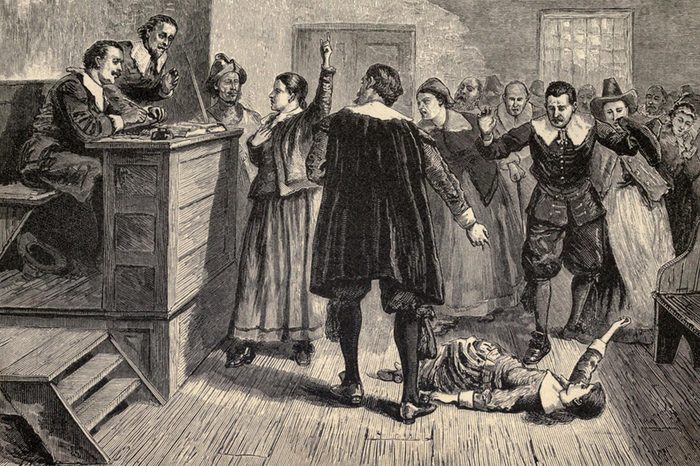
Myth: Only women were accused
The Salem witch trials of 1692 claimed dozens of lives and resulted in the imprisonment of about 150 people for the alleged crime of witchcraft. While most recountings (historical and otherwise) of this dark period in Massachusetts’ history focus on female victims, women were actually not the only ones accused of devilry. Five men were also sent to their deaths and many more were accused but not executed.
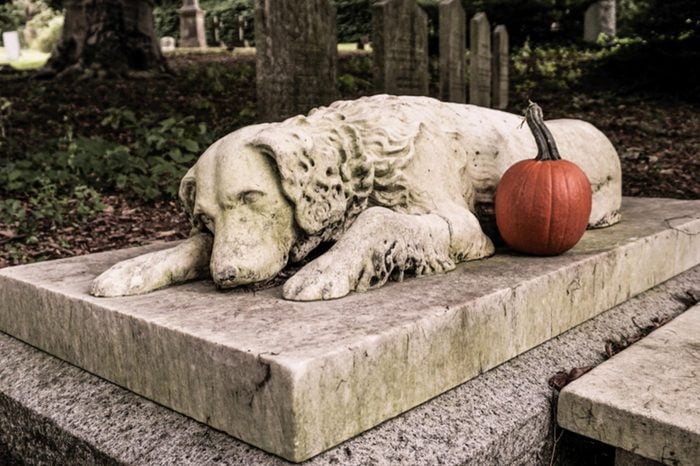
Myth: Humans were the only victims
Humans were not the only targets of the puritanical wrath of the Salem witch trials in colonial Massachusetts. Two dogs were also accused of witchcraft and subsequently killed because of it. Children claimed the dogs somehow sent them into convulsions, just like the kind the “witches” were accused of causing.
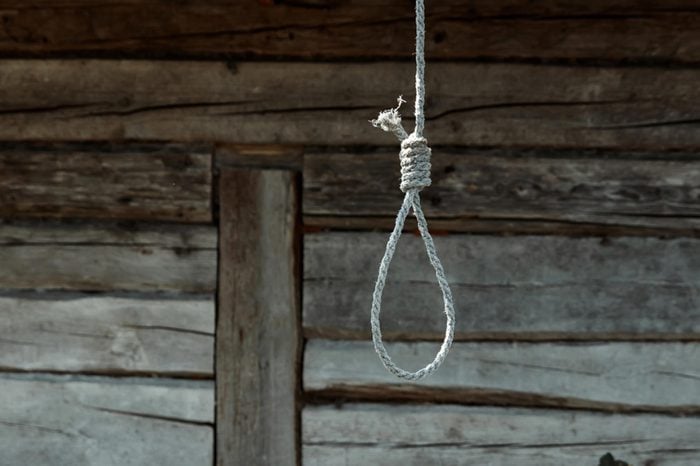
Myth: Salem witches were burned at the stake
Witches and other religious heretics throughout time were burned at the stake for their supposed crimes, but not the ones during the Salem witch trials. Those sent to Gallows Hill for their executions were hanged, while others died in jail. One man was crushed by stones. Here are more famous moments in history that didn’t actually happen.
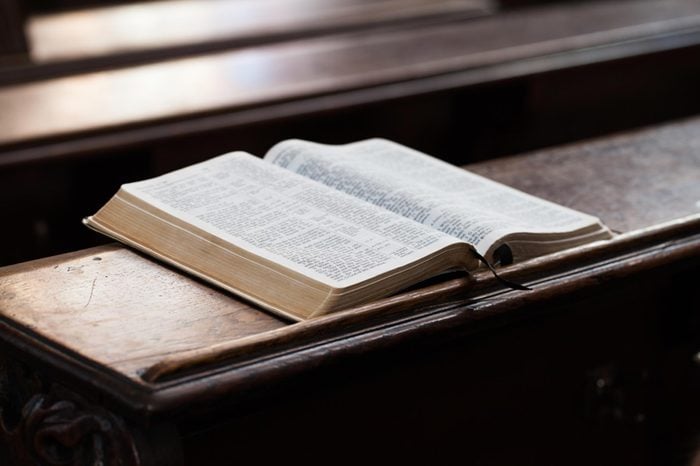
Myth: It was all because of religious paranoia
While emphatic religious behavior played a major role in the Salem witch trials, it was not the only contributing factor. History.com cites the tensions and stresses of living in a new colony, hostilities with the indigenous people, and even smallpox as possible sources. The hysteria over witchcraft in the town was also started by a select few young girls, who launched the very first accusations. Lastly, there is an argument that the convulsions and so-called “visions” people were experiencing were actually the effects of a disease caused by a bread-related fungus.
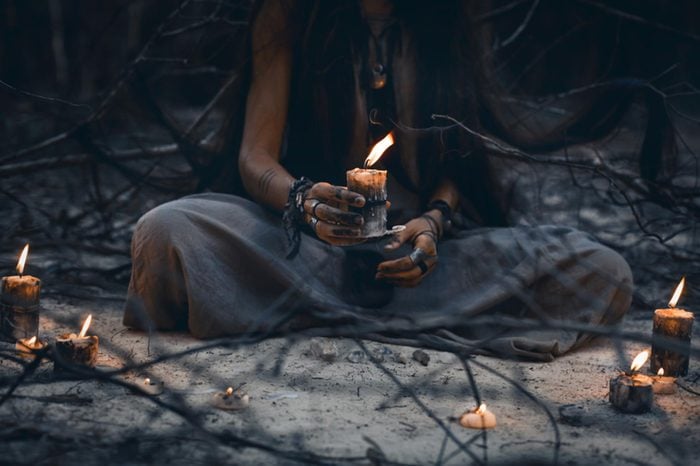
Myth: The victims were all innocent
There were people who did confess to practicing witchcraft during this time period. However, it’s likely that they confessed, not because they actually were witches, but because those who were accused of sorcery and confessed would have more lenient sentences. In some cases, they even implicated others in their stead. Don’t miss these real-life Ouija board stories that will give you chills.
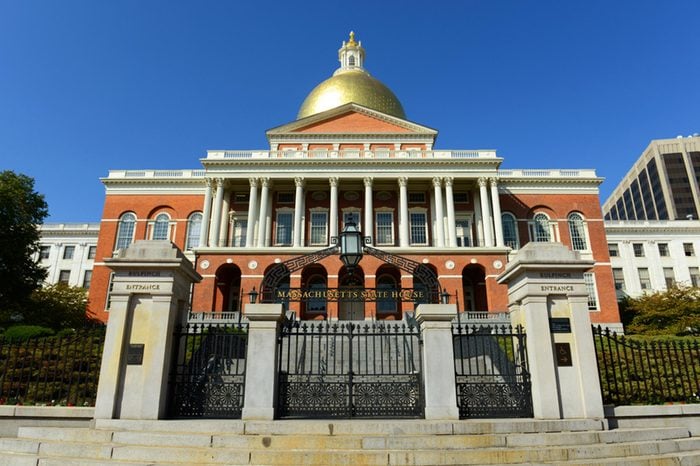
Myth: The accused witches weren’t cleared until recently
While the state government of Massachusetts didn’t officially apologize for the Salem Witch Trials until 1957, all of the people accused of witchcraft were pardoned just a year after the trials began. From that point on, government officials took steps to repay descendants of the victims and honor the dead.
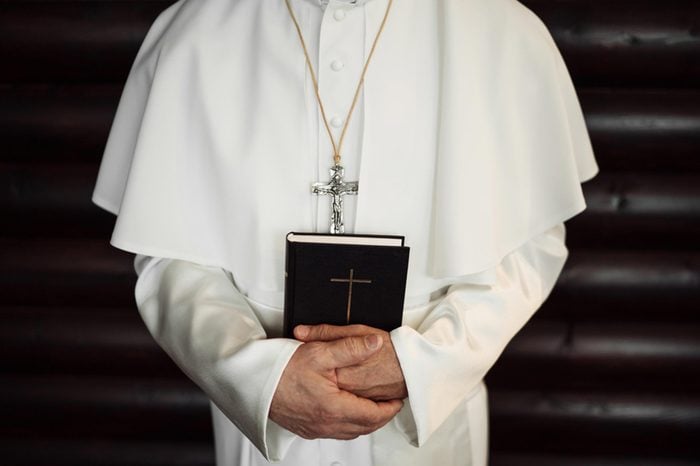
Myth: All religious officials were in favor of the trials
One key figure that stood apart from the rest of the religious officials in Salem at that time was Minister Cotton Mather. When his wife faced accusations, Mather stood up to the courts and demanded that “spectral evidence” (i.e. visions, spirits, intangible accounts) could not be used to condemn a person.
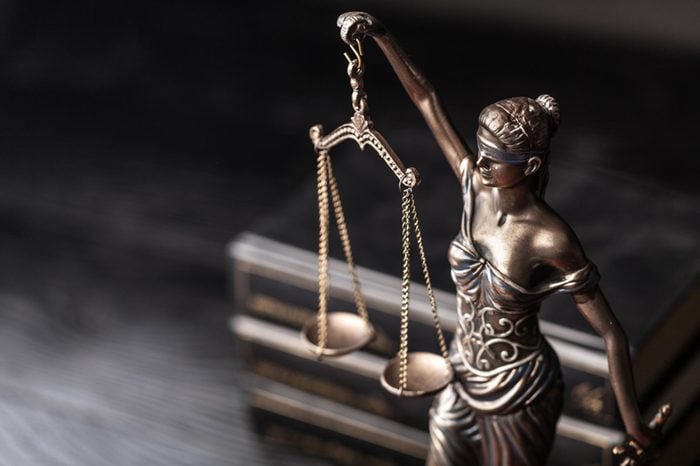
Myth: Everyone accused of witchcraft was tried
An elderly man who was accused of witchcraft refused to acknowledge the accusations, neither claiming innocence nor guilt and was never officially tried. Because of this, he was assumed to be guilty and was crushed to death by stones, according to Smithsonian Magazine. Here are more history facts you’ll wish weren’t true.
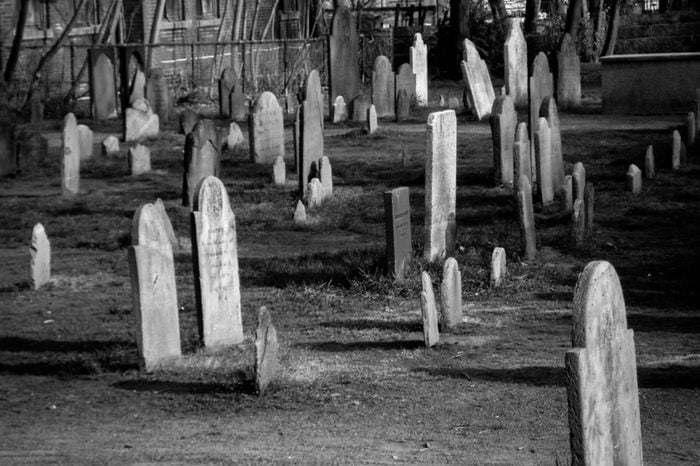
Myth: Everyone accused of witchcraft was executed
While the executions and deaths that did occur during this time were nothing less than tragic, more people were pardoned than punished. A couple dozen people suffered the unfortunate fate of death, at Gallows Hill or in jail, but hundreds did escape in the end.

Myth: Salem was the only town affected
Salem is the focal point of the infamous witch trials of the era, but the mass hysteria and paranoia were not confined to the town. Neighboring villages—and even entire counties—conducted and endured the same panic and punishment. Next, find out more of the biggest lies that made history.
